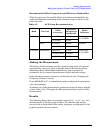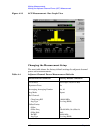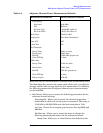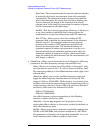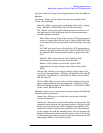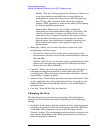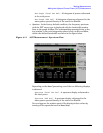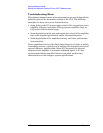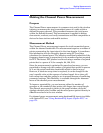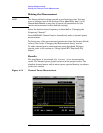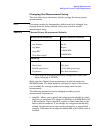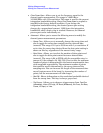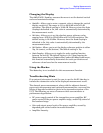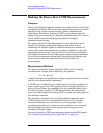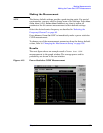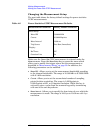
Chapter 4 131
Making Measurements
Making the Channel Power Measurement
Making the Channel Power Measurement
Purpose
The Channel Power measurement is a common test used in the wireless
industry to measure the total transmitted power of a radio within a
defined frequency channel. This procedure measures the total power
within the defined channel. This measurement is applied to design,
characterize, evaluate, and verify transmitters and their components or
devices for base stations and mobile stations.
Measurement Method
The Channel Power measurement reports the total transmitted power
within the channel bandwidth. The measurement acquires a number of
points representing the input signal in the time domain. It transforms
this information into the frequency domain using FFT and then
calculates the channel power. The effective resolution bandwidth of the
frequency domain trace is proportional to the number of points acquired
for FFT. The fastest FFT process is achieved using a number of acquired
points that is a power of 2 (for example: 64, 128, 512).
Since the measurement is optimized for speed and accuracy, you are
permitted to change only the number of acquired data points in powers
of 2, not the actual resolution bandwidth which is shown in gray.
However, if absolute sweep time is required, it can be changed to the
user’s specific value at the expense of reduced speed. At no time will
both sweep time and data points be set to manual because of conflicting
parameter settings. This flexibility is available through the
Advanced
menu of the channel power measurement.
To improve repeatability, you can increase either the number of
averages or the number of data points with longer time record length.
The channel power graph is shown in the graph window, while the
absolute channel power in dBm and the mean power spectral density in
dBm/Hz are shown in the text window.
For channel power measurements using baseband I/Q inputs (available
with Option B7C) see “Using Baseband I/Q Inputs (Option B7C)” on
page 151.



